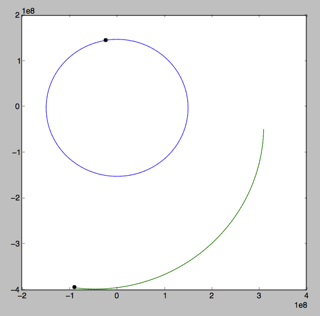tl;dr: I have met the disconnect, and the disconnect is me!
This answer suggests that the object S509356 could potentially be a candidate for being called a "mini-moon", an object which temporarily becomes gravitationally bound to the Earth and enters into Earth orbit. This happens because our massive moon can "pull" on things in heliocentric orbit enough to get them to spend some time in the Earth-Moon system.
The object is noted in Wikipedia's article Claimed moons of Earth:
On April 8, 2016, an object, named S509356, was discovered with an orbital period of 3.58 days. Although it has the typical area-to-mass ratio (m^2/kg) of satellites, it has a color typical of S-type asteroids. It has not yet been identified with any known artificial satellites, because there are no known satellites currently orbiting Earth in between 2.99 and 3.79 days.
and its (potential) temporary Earth orbit is discussed in the Reddit post Mystery object S509356 spotted in strange orbit. Discussion there links to a note in Jonathan's Space Report:
S509356
Asteroid surveys have spotted an unknown Earth satellite, provisionally designated S509356, in a 30000 x 152000 km x 48 deg orbit. Looking at my historical lists, it might be an object associated with the Vela launches, although it's surprising it's only being spotted now. The region beyond GEO is poorly tracked by satellite surveillance systems but in recent years coverage by asteroid searchers has been fairly good.
I looked in JPL's Horizons to check the orbit, but was surprised to see that the object in that database named 509356 never gets closer than 200 million km from Earth in the year 2016 I've plotted the 2016 data for Earth and the object below (dot is January 1st) and it's clearly not something that could be mistaken as having a 3 or 4 day orbit around the Earth. Those units are kilometers.
Where is the disconnect here? An asteroid that far from Earth would never be mistaken as being in orbit around the Earth because it would move orders of magnitude too slowly.
Does it have anything to do with this?


